World Cup Mascots: 15 Fascinating Facts You Didn’t Know!
They are the furry, feathered, or sometimes abstract figures bouncing around the edges of the FIFA World Cup spectacle. Official World Cup mascots – designed to embody the spirit of the host nation, entertain fans, and, let’s be honest, shift merchandise. Since their introduction with World Cup Willie in 1966, these colourful characters have become an integral, if occasionally bizarre, part of the tournament’s identity.
But beyond the cheerful waves and photo ops, the history of World Cup mascots is filled with interesting trivia, design controversies, and surprising details. From lions in Union Jacks and trouser-less felines to anthropomorphic oranges and abstract stick figures, these sideline stars have stories of their own. Think you know everything about these tournament symbols? Think again.
Dive into the quirky world of official FIFA World Cup mascots with these 15 fascinating facts you might not have heard:
1. It All Started with a Lion (World Cup Willie, England 1966)

The trend began in England. World Cup Willie, a lion (a symbol of the UK) wearing a Union Jack jersey emblazoned with the words “WORLD CUP,” was the first-ever official World Cup mascot. Designed by freelance artist Reg Hoye, Willie was a simple but effective concept that proved immensely popular, setting the precedent for all future tournaments.
2. Mexico Introduced Food Mascots (Pique, Mexico 1986)
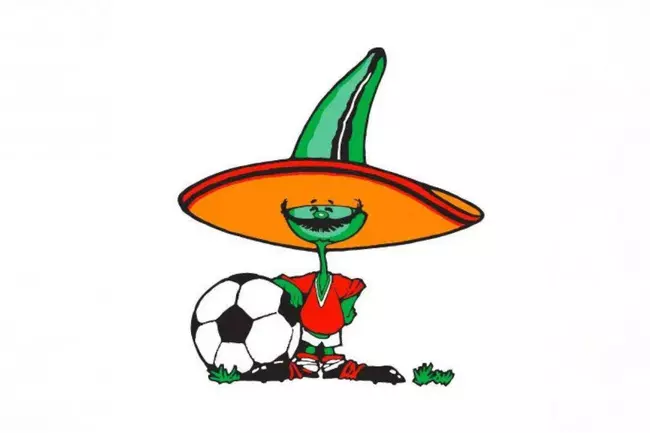
While most early mascots were animals, Mexico ’86 introduced Pique – a jalapeño pepper sporting a sombrero and a moustache. This marked a shift towards using symbols more directly representative of the host nation’s culture and cuisine, albeit in a somewhat stereotypical fashion. Pique’s name comes from picante, Spanish for spicy.
3. The Mascot Without Trousers (Goleo VI & Pille, Germany 2006)
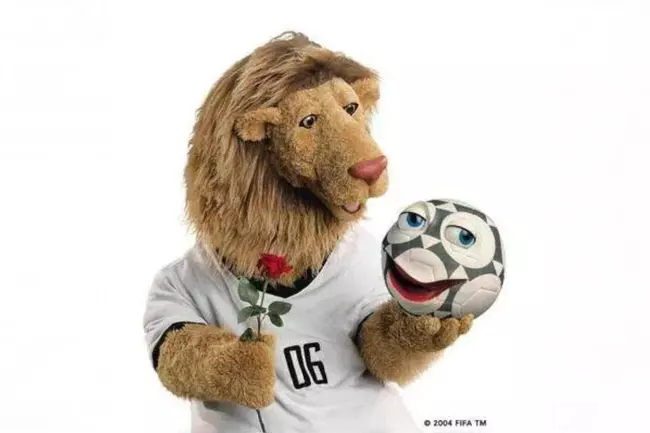
Germany 2006’s mascot, Goleo VI, a lion (again!), caused a stir partly because… he didn’t wear any trousers, only a Germany shirt. This, combined with the fact that lions aren’t native to Germany and his companion was a talking football named Pille, led to some mockery. Furthermore, the German company licensed to produce Goleo merchandise went bankrupt before the tournament even started.
4. An Orange Became a Star (Naranjito, Spain 1982)

Spain’s choice for 1982 was Naranjito, a cheerful anthropomorphic orange wearing the Spanish kit. Representing a fruit typical of the Valencia and Murcia regions, Naranjito was distinctive and became incredibly popular, even starring in its own Spanish cartoon series, Fútbol en acción, after the World Cup.
5. The First Humanoid Mascot (Juanito, Mexico 1970)
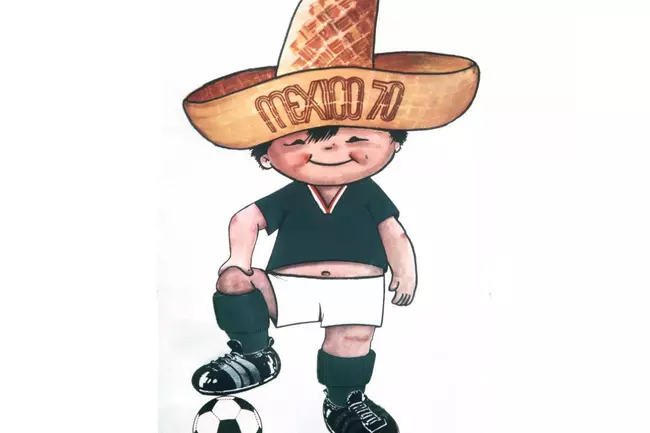
After Willie the lion, Mexico introduced the first human mascot for 1970. Juanito, a young boy wearing a Mexico kit and a sombrero (emblazoned with “MEXICO 70”), represented the youthful enthusiasm for the game in the host nation. His name is a diminutive of “Juan,” a common Spanish name.
6. A Controversially Named Cockerel (Footix, France 1998)
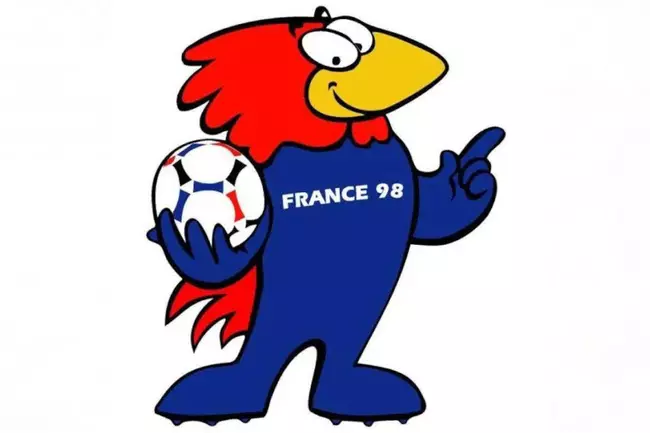
Footix, a large cockerel (one of France’s national symbols), was the mascot for France ’98. His name, chosen from a shortlist over suggestions like “Zimbo” and “Houdi,” was a portmanteau of “football” and the popular French comic character Astérix’s suffix “-ix.” While popular during France’s victorious campaign, the name itself was initially controversial, with some finding it uninspired.
7. Three Abstract Mascots for Korea/Japan (Ato, Kaz & Nik, 2002)
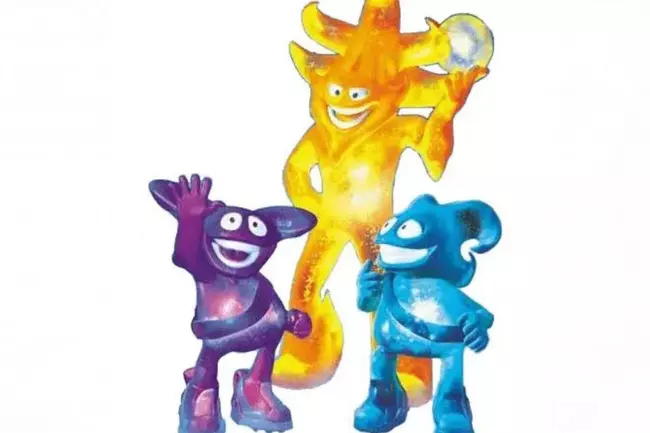
The first co-hosted World Cup featured the first computer-generated mascots – the “Spheriks.” Ato (orange/yellow, the coach), Kaz (purple), and Nik (blue) were futuristic beings from ‘Atmozone’ who supposedly played their own sport called ‘Atmoball’. Their abstract design and complex backstory received mixed reviews from fans used to more traditional figures.
8. An Armadillo with an Environmental Message (Fuleco, Brazil 2014)
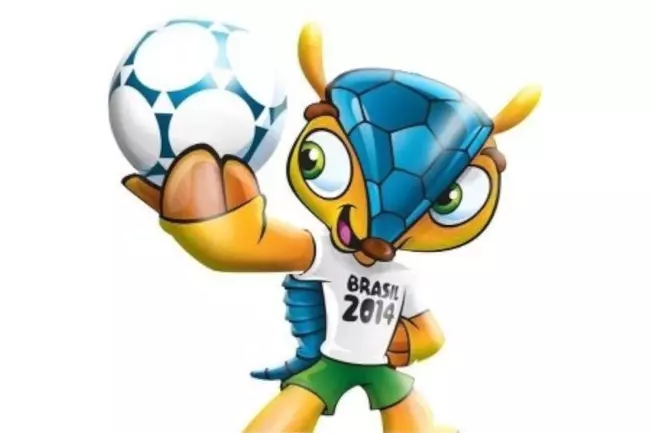
Fuleco, the mascot for Brazil 2014, was a Brazilian three-banded armadillo, a species vulnerable to extinction. His name was a blend of Futebol (football) and Ecologia (ecology). The choice aimed to raise awareness about environmental issues and Brazil’s biodiversity, though some environmental groups criticized FIFA and Brazil for not doing enough tangible work to protect the species.
9. A Wolf Chosen by Public Vote (Zabivaka, Russia 2018)

Russia’s mascot, Zabivaka (meaning “the one who scores” in Russian), was an anthropomorphic wolf selected through an internet vote, receiving 53% of the vote, beating competition from a cat and a tiger. Designed by student Ekaterina Bocharova, Zabivaka wore sports glasses (for accuracy and coolness) and the Russian national colours.
10. The Abstract Stick Figure Mascot (Ciao, Italy 1990)
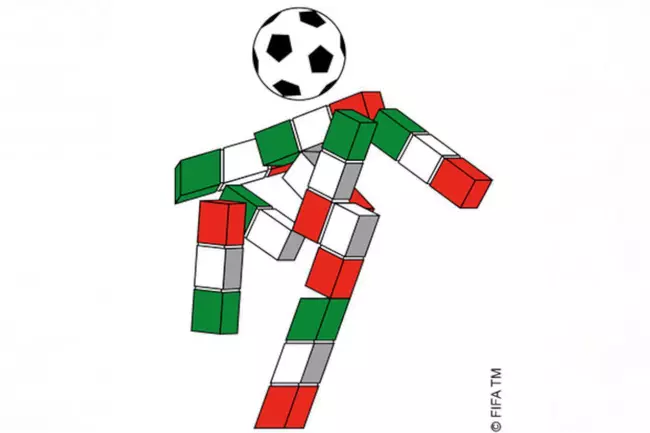
Perhaps the most abstract and minimalist mascot was Ciao, representing Italy 1990. Ciao was a stick figure composed of cubes in the colours of the Italian flag, with a football for a head. Its name is a common Italian greeting. While unique and modern for its time, it lacked the cuddly appeal of other mascots and remains divisive among fans.
11. A Leopard, Not a Cheetah (Zakumi, South Africa 2010)
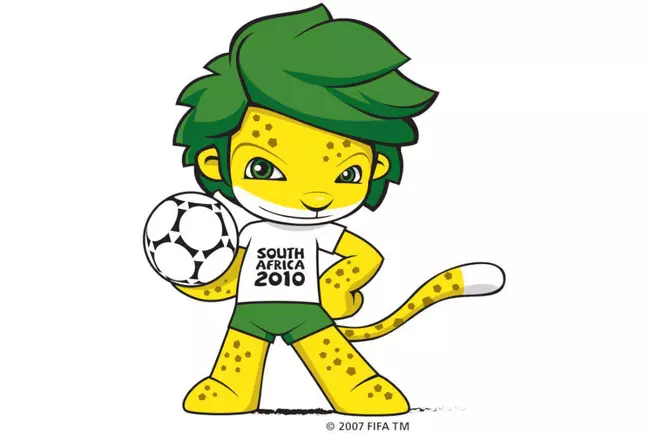
Zakumi, the mascot for the first African World Cup, was a leopard with green hair (to match the pitch colours). His name came from “ZA” (South Africa’s international abbreviation) and “kumi,” a word meaning ‘ten’ in various African languages. Despite his spots, he was officially a leopard, chosen for being common across Africa, though often mistaken for a cheetah.
12. Gauchito’s Kit Controversy (Gauchito, Argentina 1978)

Argentina’s 1978 mascot, Gauchito, was a young boy styled as a traditional Argentinian gaucho, complete with neckerchief and whip. However, his kit (Argentina shirt, hat, neckerchief) bore a striking resemblance to the kit worn by the Argentinian national team, leading some to feel it was less a unique mascot and more just a cartoon version of a player.
13. The USA Went Corporate (Striker, USA 1994)
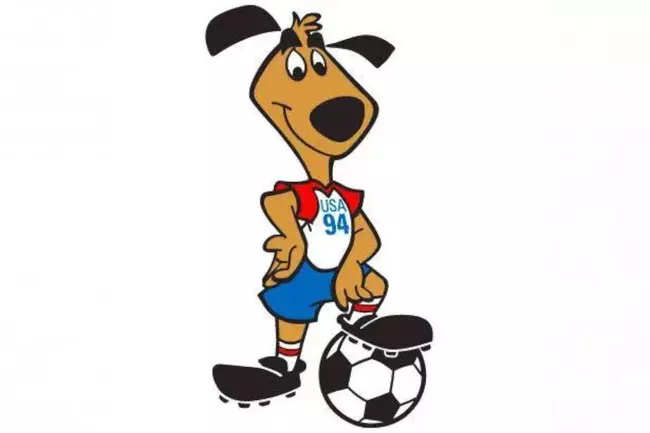
Reflecting the host nation’s commercial drive, Striker, the World Cup Pup, was designed by the renowned Warner Bros. animation studios. A dog wearing a USA kit with the tournament logo, Striker was chosen to appeal to a broad audience and maximize merchandising opportunities in a country where soccer was still growing in popularity.
14. La’eeb’s Ambiguous Identity (La’eeb, Qatar 2022)
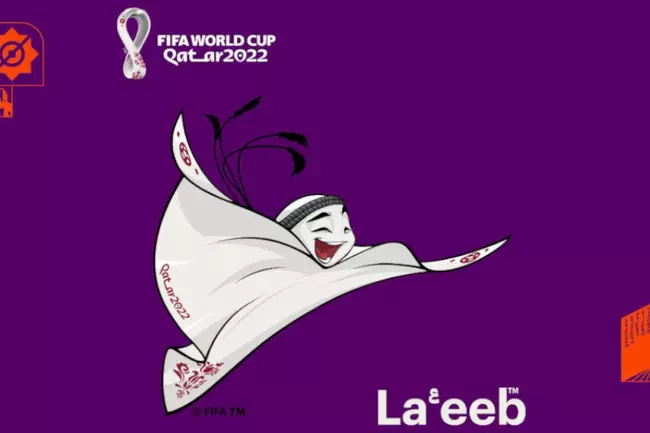
Qatar’s 2022 mascot, La’eeb (an Arabic word meaning ‘super-skilled player’), was depicted as a flowing white figure resembling a traditional ghutra headdress. Officials stated La’eeb came from a parallel “mascot-verse” and encouraged fans to interpret what he represented. This intentional ambiguity led to much online discussion, speculation, and memes about his true form (often compared to a ghost or napkin).
15. Mascot Merchandise: A Billion-Dollar Business
From World Cup Willie onwards, mascots have become major revenue streams for FIFA and host nations. Plush toys, keychains, clothing, video games, and countless other items featuring the tournament mascot are sold globally, highlighting their commercial importance alongside their role as cultural ambassadors and fan entertainers.
Love them or loathe them, official FIFA World Cup mascots add a unique flavour to each tournament. They reflect changing design trends, host nation identities, and sometimes, just pure marketing decisions. Their quirky histories are just another fascinating layer of the world’s greatest sporting event.
Sources:
- FIFA.com (World Cup Mascots in history)
- Wikipedia (List of FIFA World Cup official mascots)
- PlanetWorldCup.com (Mascots page)
- PlanetFootball.com (Ranking every World Cup mascot)
- Topendsports.com (Football World Cup Mascots)
- TheGuardian.com (Quiz: How well do you know the World Cup mascots?)
- ESPN.co.uk (World Cup trivia quiz – Mascots)
- TheSun.co.uk (History of World Cup mascots)
- NSS-Sports.com (All mascots in World Cup history)
- FourFourTwo.com (Ranked! Every World Cup mascot)


